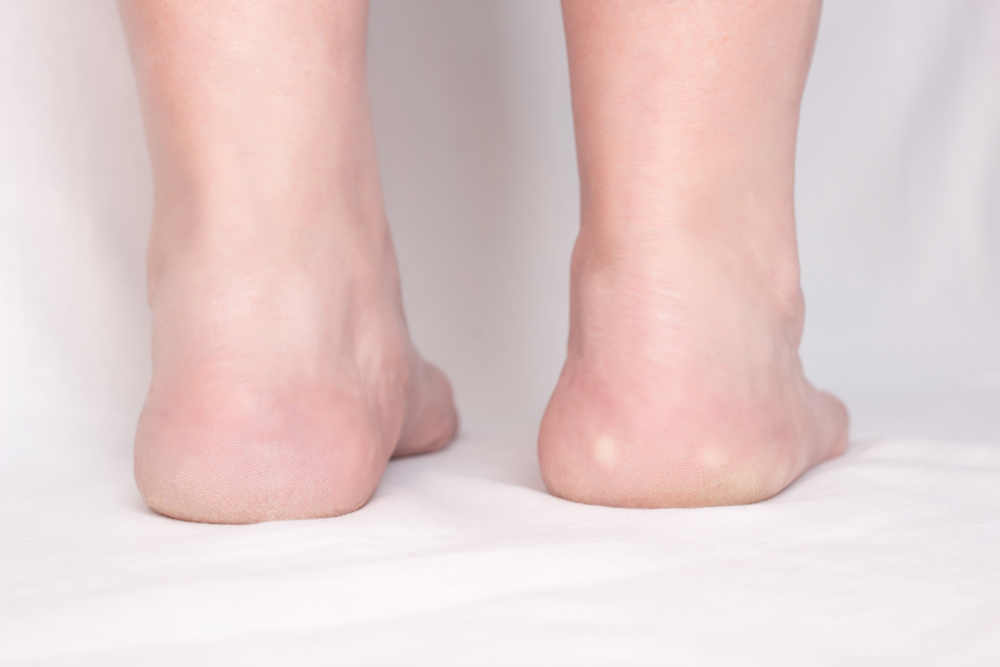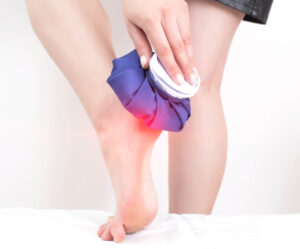
Heel spurs are often mistaken for plantar fasciitis. Although they both occur around the heel area, heel spurs result from a bony growth that develops on the bottom of the heel. Those who develop heel spurs do not necessarily develop pain in the area, but they can. If pain does occur, it can become problematic.
Heel spurs happen as a response to stress and pressure placed upon the ligaments and tendons within the heels. The body responds to this stress by growing extra bone tissue that becomes a spur. Inflammation resulting in repeated tearing of the covering that lines the heel bone can cause a heel spur. Plantar fasciitis can also result in a heel spur due to the strain it places around the arch of the foot.
Diagnosing heel spurs begins with history taking. The medical practitioner will ask for the patient’s daily activities and possible activities that pose pressure on the heels. Ultimately, x-rays will assist in visualizing the current appearance of the heel bone.
There are several factors that increase an individual's risk of developing heel spurs. Some factors can be changed immediately, while others can no longer be changed.

Healthcare professionals treat heel spurs the same way they treat plantar fasciitis.
Rest. Taking a break in between running or jogging reduces the stress on the heel
Cold compress or ice pack. Icing the bottom of the foot helps reduce the swelling and inflammation
Anti-inflammatory medications. These medications help reduce the pain and swelling of soft tissues around the heel spur.
Foot orthotics are very effective at relieving the symptoms of heel spurs. Orthotics help by properly aligning the foot arches and correcting gait resulting in reduced pressure on the heel area. Custom orthotics also correct conditions that induce plantar fasciitis, resulting in heel spurs.
Custom orthotics work by providing balance within the foot arch while adding cushion to the heel pads. The balance within the foot arches minimizes the straining on the soft tissues around the spur.
Belden Village Chiropractic and Wellness Center offers custom foot orthotics to help patients suffering from heel spurs, plantar fasciitis, or other conditions associated with foot misalignment. At our clinic, we use 3D laser foot treatment to carefully assess the individual foot and ensure proper fitting of the orthotics. We provide individualized care plans to our patients to meet their specific health needs.
If you are experiencing pain from heel spurs or any pain within the foot area, visit us at our clinic so we can begin the assessment.
References:
https://my.clevelandclinic.org/
https://www.thefeetpeople.com.au/
https://orthoinfo.aaos.org/